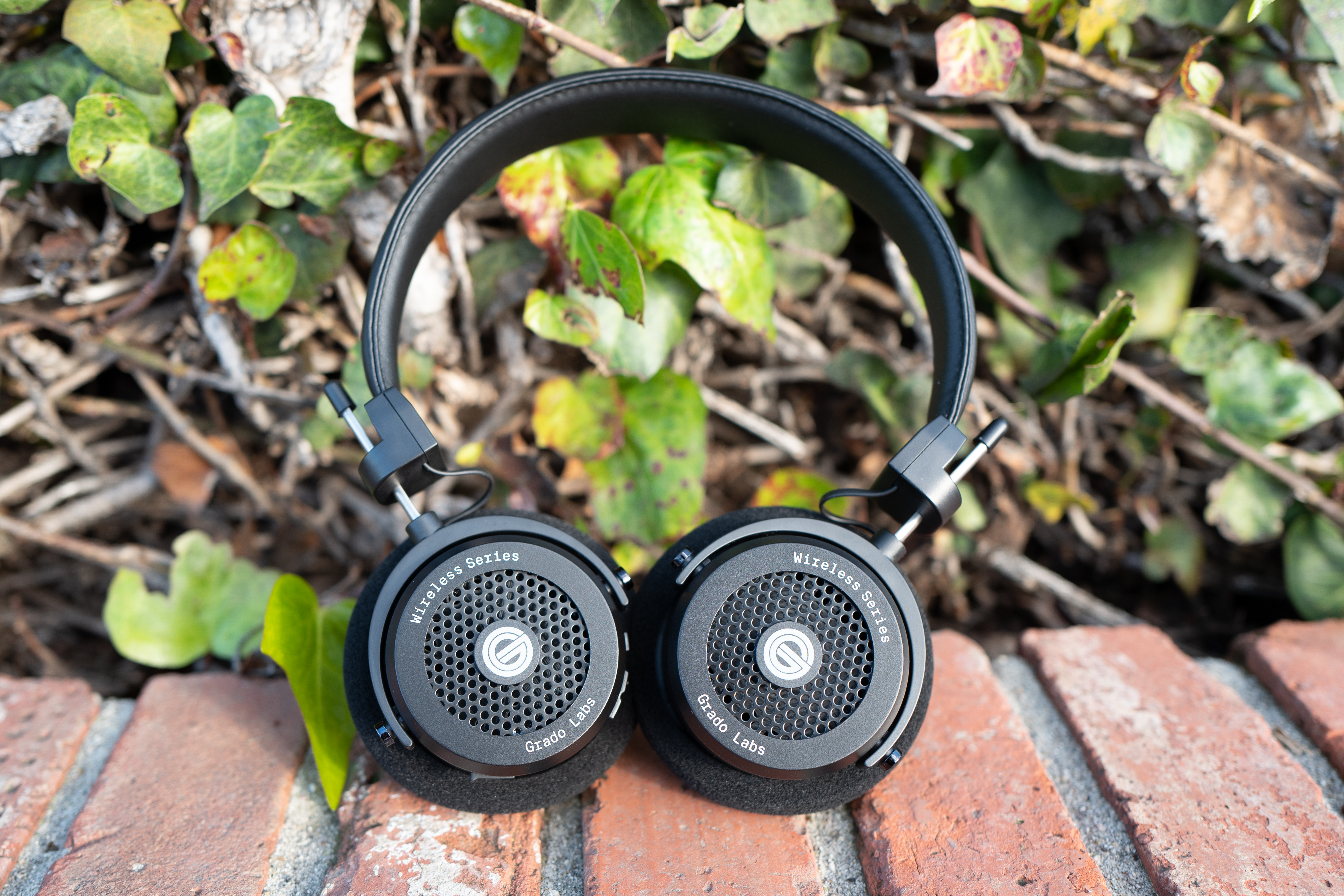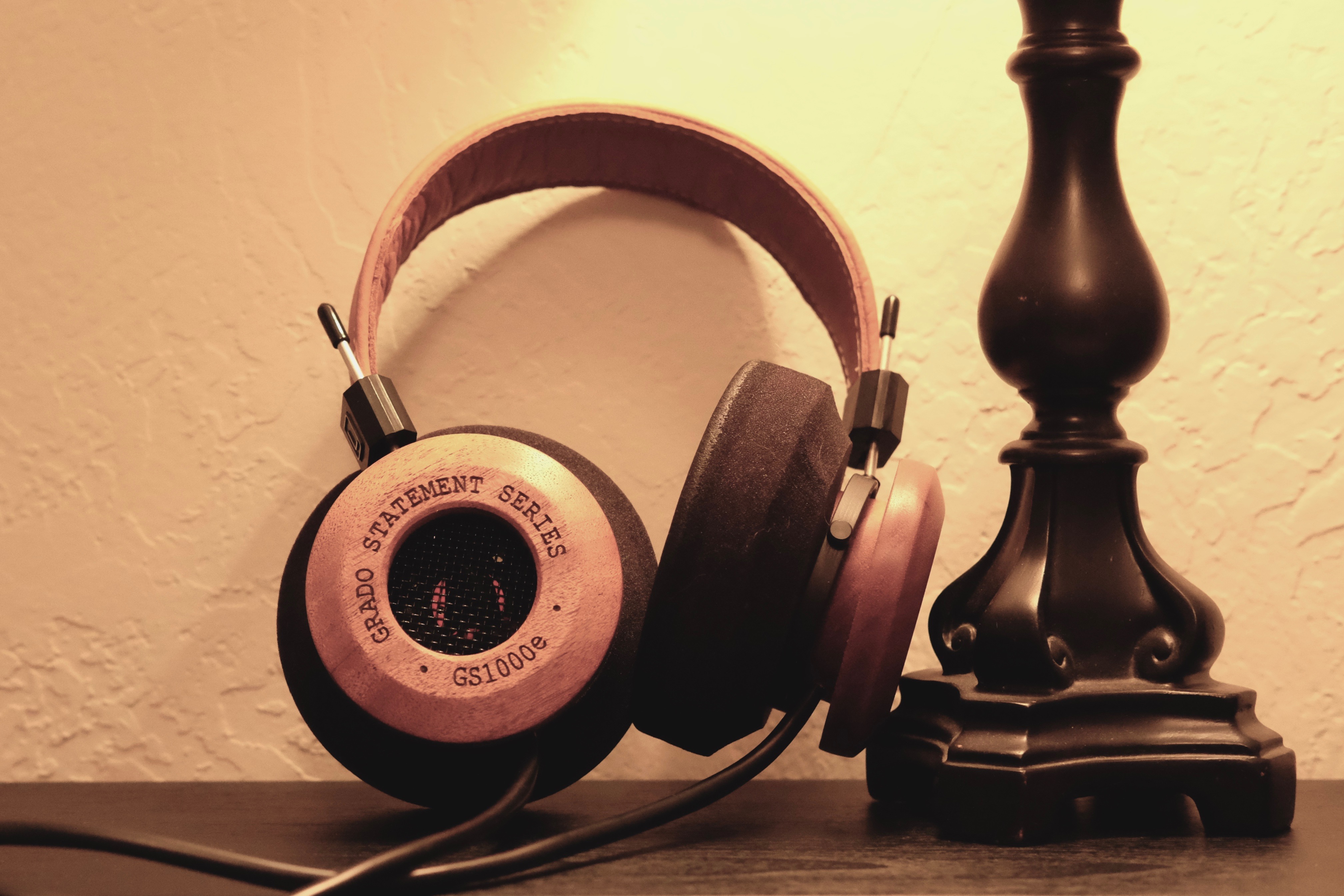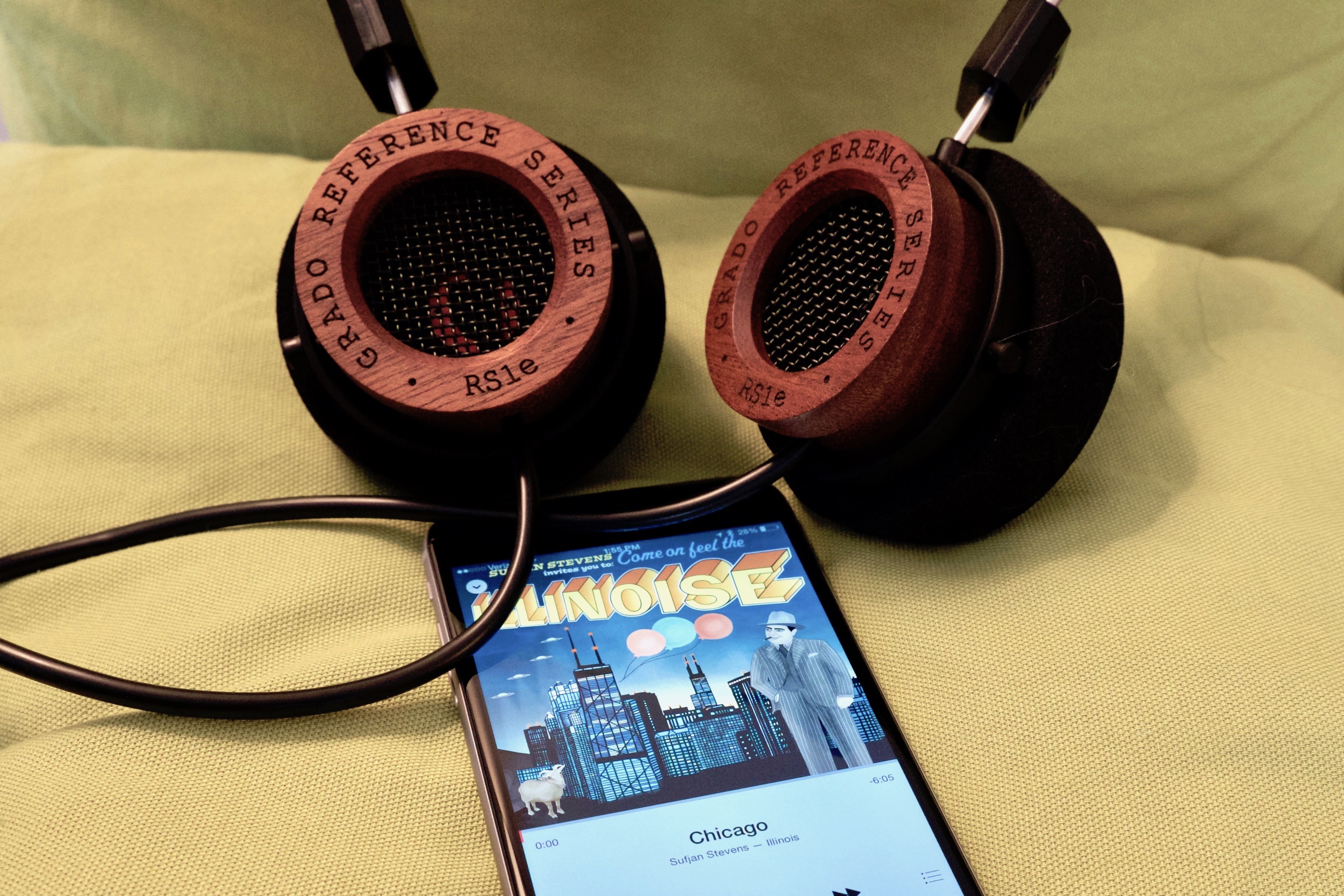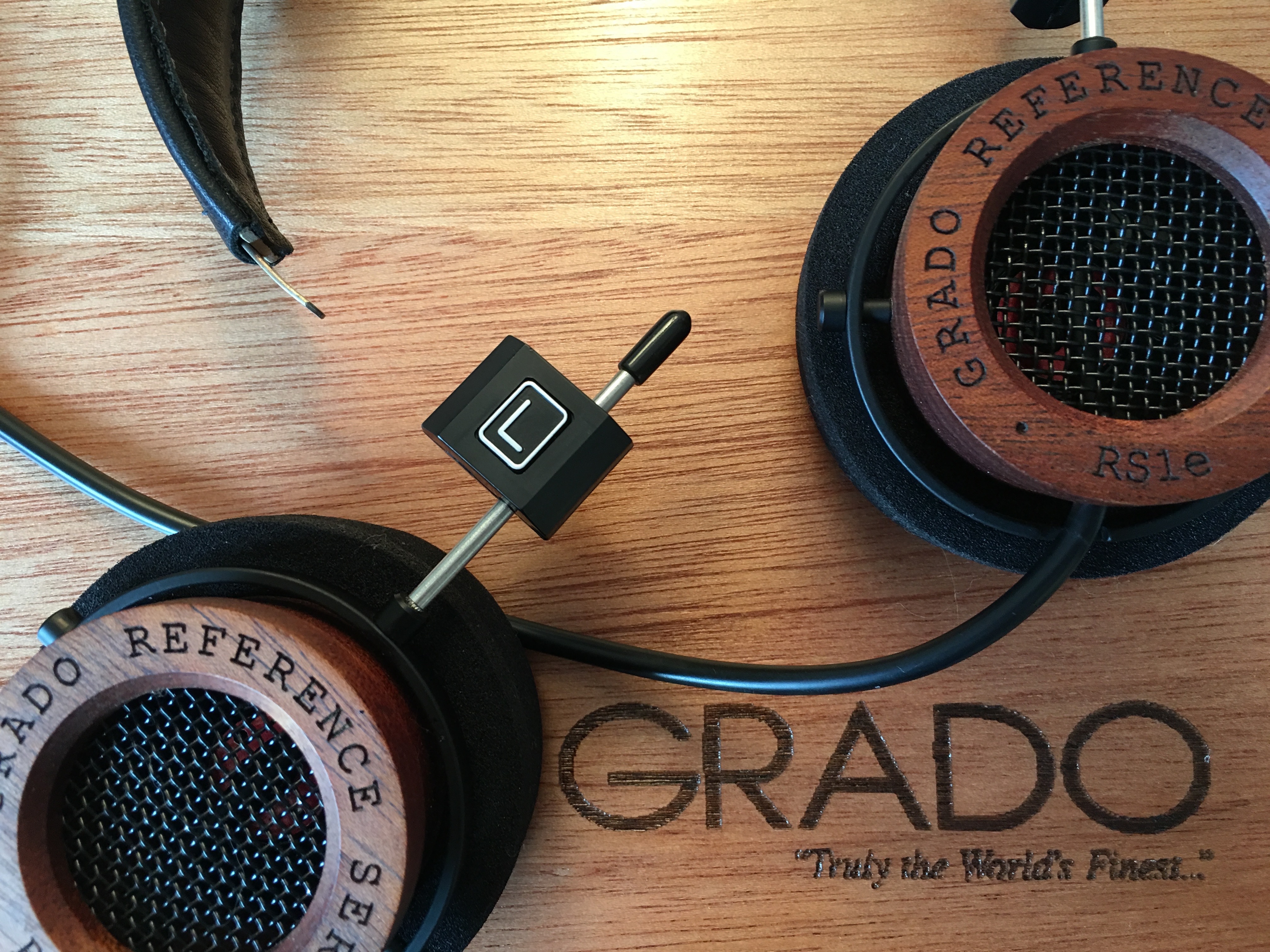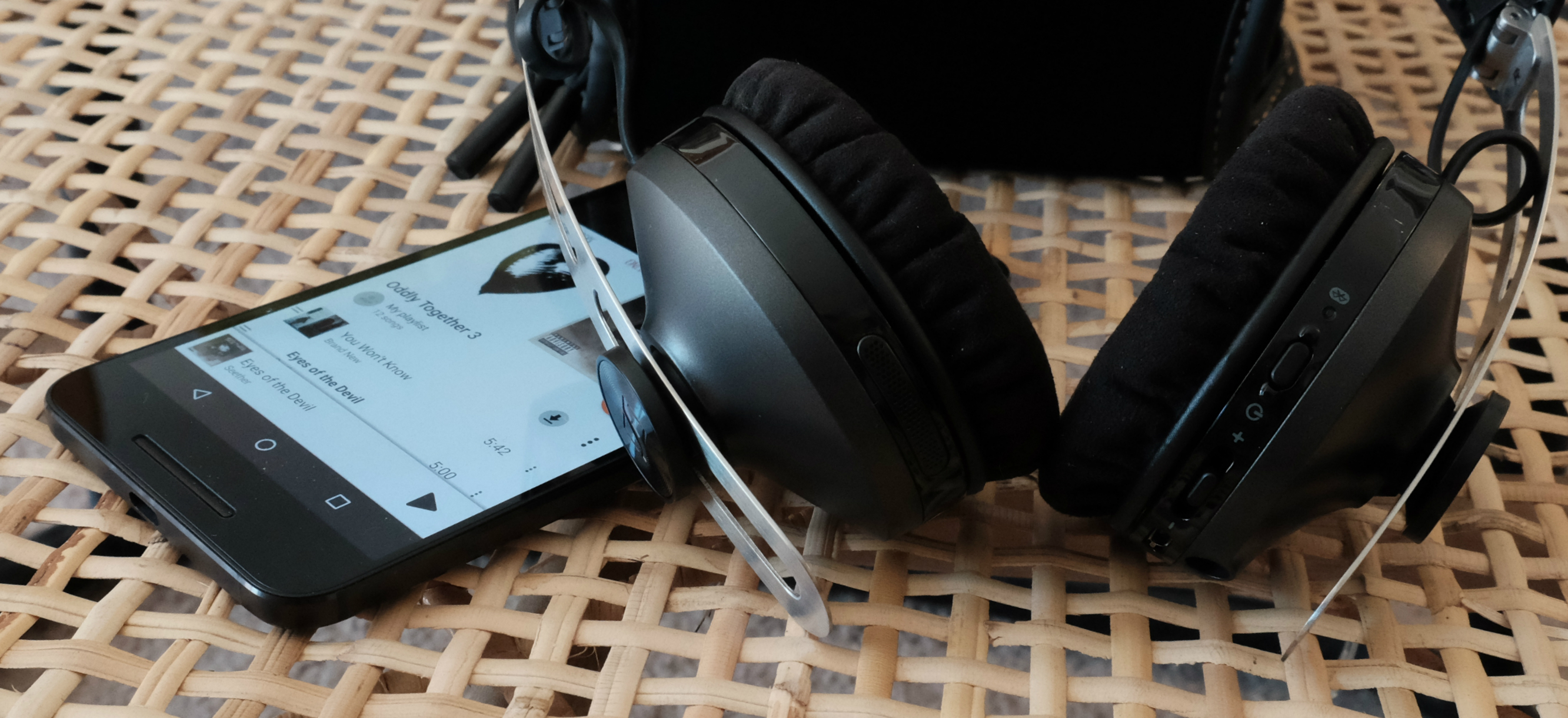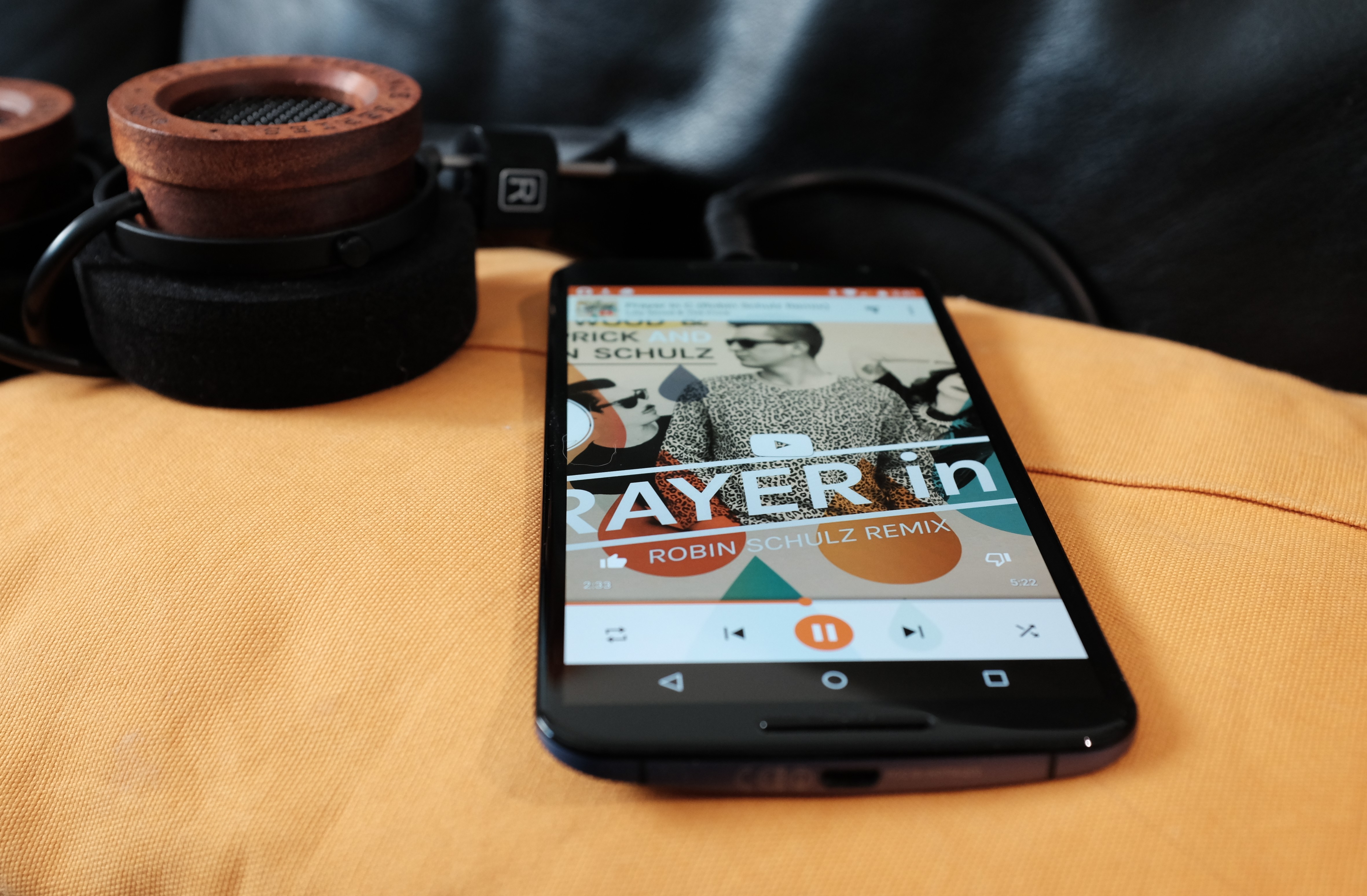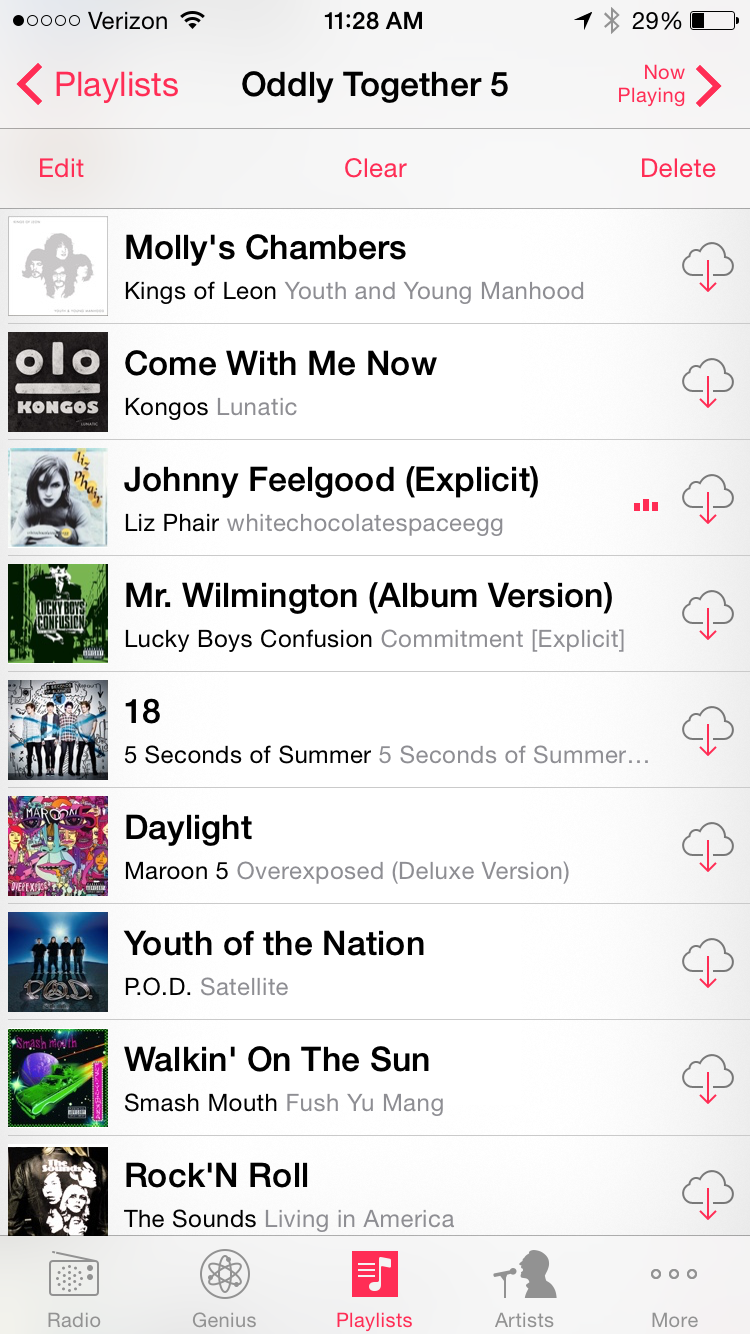I start the new year in a very different space, and with turnabout attitude, than 2018. About six months ago, I surrendered my digital lifestyle to Google, abandoning Apple as primary platform provider. Trust brought me to the Apple way. Distrust drove me away. Choosing between priorities privacy and security, in an increasingly dangerous Internet, the latter matters more. The Alphabet subsidiary truly has its ABCs ordered in ways that the bitten-fruit company doesn’t. I can trust that Google, being native to cloud computing and depending on it (mainly by way of search-related advertising), will secure my content and devices better than Apple, which is at best a cloud computing resident alien and more typically behaves like an immigrant who doesn’t speak the language well nor understands local culture.
Sure, I surrender some privacy but that would happen anyway, because privacy is a fiction. If you use the Internet or connected mobile device, you have none. Google is motivated to protect me (and you) because we are the product that generates ad revenue. Between marketers and hackers, it’s easy choice which I’d prefer to have my personal information. Granted anyone can debate which is, hehe, more criminal. But marketers aren’t likely to clean out my bank account or steal my identity. Or yours.
